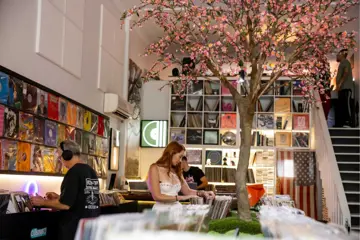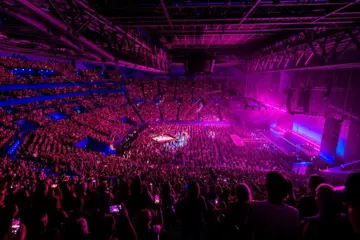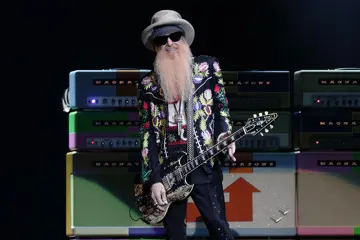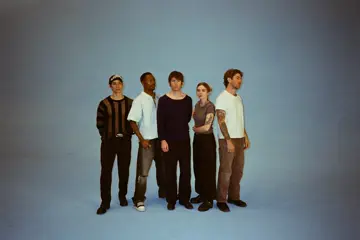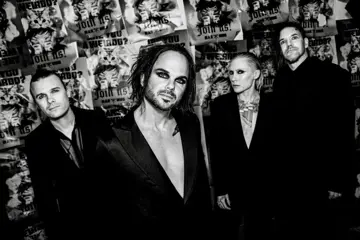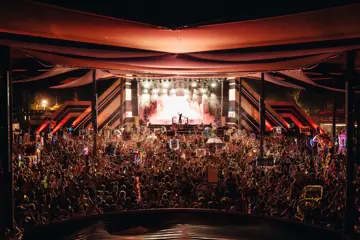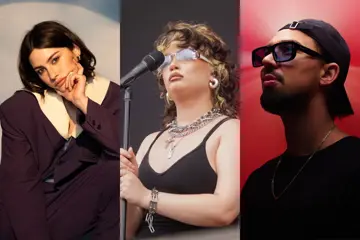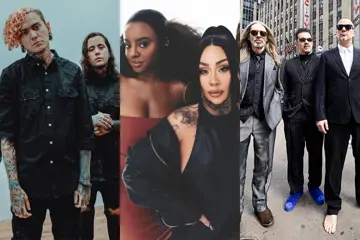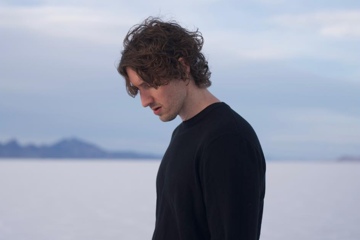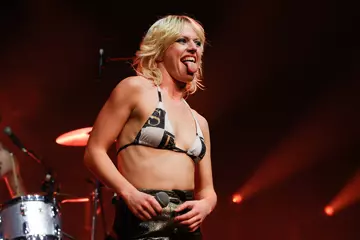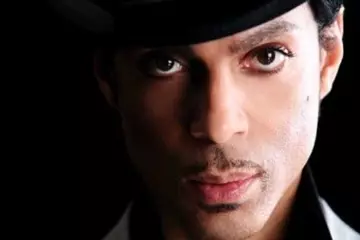To coincide with today's celebration of International Women's Day, triple j's Hack have crunched the numbers to determine the representation of women in the Australian music industry in regards to pay, award nominations and airplay amongst other avenues and the results show that there are still some ways to go.
The newly-released report found that just 1 in 5 women were APRA members between June 2014-June 2015, which is surprising, given that APRA AMCOS help artists get paid for their work.
With over 85,000 registered members, just 21.5% of that number are women, while they also take up just 30% of public board members on peak music bodies in the country.
All pics via ABC. Click on image for larger version.
In regards to award nominations, the APRA's found to have the most evenly-split percentage between male and female artists (male — 54% and female 46%), while Australia's biggest awards ceremony in the ARIAs had just 1 in 3 nominations go towards a female solo artist or a group with at least one women.
Spotify Australia also confirmed that only 21 female artists feature in the top 100 most-streamed songs in Australia.
Don't miss a beat with our FREE daily newsletter
Meanwhile in this year's triple j Hottest 100, only 37 of the songs were from artists with at least one women, though none of them cracked the top ten.
When it comes to women being featured on festival line-ups, the report found that EDM events have a shockingly low percentage of female artists.
While the Splendour In The Grass and Laneway festivals found that 32% and 38% of their line-up features acts with a least one woman respectively, Listen Out and Stereosonic pulled in a percentages of just 9% and 10%.
Grammy-nominated artist and four-time ARIA winner Courtney Barnett told Hack that she believes female artists are treated much differently to men in the music industry.
"I feel like people are extra harsh or critical of female artists," Barnett said.




